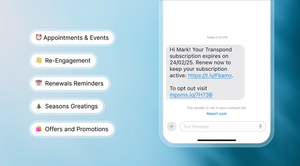Customer lifecycle marketing is a framework that helps you tailor your marketing efforts to align with the stages of a customer’s buying journey, ensuring you provide the right touchpoints at the right times.
In a B2B context, customer lifecycle marketing takes on a critical role due to the typically longer sales cycles, higher stakes, and more complex decision-making processes compared to B2C.
While a consumer might impulsively buy a new pair of shoes after seeing an ad, a business client’s journey from awareness to purchase is likely to involve multiple stakeholders and require a series of strategic touchpoints.
This longer and more nuanced path makes understanding and implementing a detailed customer lifecycle marketing strategy essential for B2B marketing managers. This will improve the overall customer experience at each stage of the customer lifecycle.
Mastering customer lifecycle marketing
Mastering customer lifecycle marketing means not just knowing who your potential and current clients are, but also where they are in their journey.
Are they just discovering your solutions, or are they evaluating their options? Have they already invested in your product, or do they need encouragement to remain engaged?
For B2B marketers, effectively navigating this cycle doesn’t just support a single sale, it builds a foundation for ongoing partnerships and sustained business growth.
While the underlying principles of customer lifecycle marketing apply to both B2B and B2C, the strategies and tools used can differ significantly.
For instance, B2C marketers might focus more on mass media campaigns and quick conversions, while B2B marketers will invest more in personalized content, detailed client education, and long-term relationship management.
Understanding these differences enriches your strategy, ensuring it is well-suited to your business environment and capable of driving significant returns.
By focusing on the lifecycle from a B2B perspective, you can more effectively engage each customer at every stage of their journey, leading to better customer retention, higher conversion rates, and ultimately, a more robust bottom line.
Understanding the customer lifecycle
The stages of the customer lifecycle
The customer lifecycle encapsulates the progression of steps a customer goes through when considering, choosing, using, and maintaining loyalty to a product or service.
- Awareness: The potential customer becomes aware of your solution. In B2B, this often involves targeted content like whitepapers, industry reports, and educational webinars that address specific business challenges. In contrast, B2C awareness might be generated through broader advertising campaigns and social media.
- Consideration: The customer evaluates your product or service to determine if it's the right fit for their needs. B2B buyers require detailed information and often interact directly with sales teams through consultations or demonstrations. For B2C, this stage might be quicker, with customers comparing features and prices, often through online reviews or influencer endorsements.
- Purchase: This is the decision-making stage. In B2B transactions, this stage is complex, involving proposals, negotiations, and often a series of approvals. B2C purchases are generally straightforward, involving fewer decision-makers and simpler transactions.
- Retention: Post-purchase, the focus shifts to keeping the customer satisfied. B2B strategies might include onboarding programs, regular training, and ongoing support initiatives to ensure the customer realizes the full value of their purchase. B2C retention efforts often revolve around loyalty programs and regular marketing communications to encourage repeat purchases.
- Advocacy: Satisfied B2B customers may become advocates who refer others through case studies, testimonials, or word-of-mouth recommendations. B2C advocacy might include customers sharing their experiences on social media or through reviews.
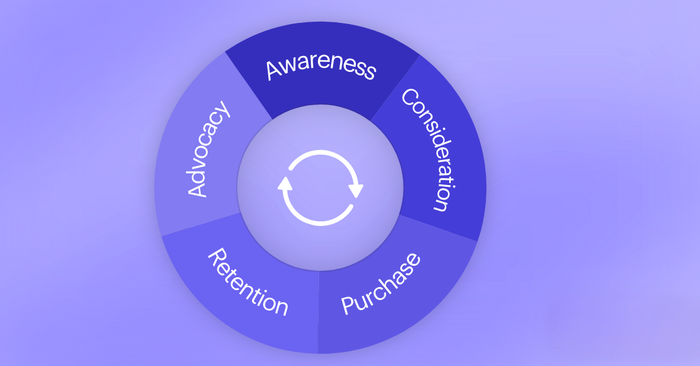
A step-by-step guide to building a customer lifecycle marketing strategy
Creating an effective customer lifecycle marketing strategy involves understanding and interacting with your customers from the initial point of contact through to long-term loyalty and advocacy.
Customer lifecycle management is crucial in this process, as it helps manage customers once they're in the cycle and incorporates lifecycle marketing into your strategy. Here’s a practical guide to developing a lifecycle marketing strategy that hits home with your target audience and maximizes business outcomes.
Define your ideal customer persona
Understanding who your customers are is fundamental to an effective lifecycle marketing strategy. Developing a detailed persona for your ideal customer is crucial as it guides the creation of targeted marketing efforts that resonate on a personal level. Understanding the customer lifetime value helps in prioritizing high-value customers and tailoring strategies to maximize retention and revenue generation.
- Demographics: Age, location, job title, industry and income level.
- Needs: What solutions is your ideal customer searching for?
- Pain points: What challenges or problems are they facing in their personal or professional lives?
- Behavioral traits: Buying behavior, brand loyalty, product preferences.
Map your customer journey
Visualizing your customer’s journey through a detailed map allows you to identify every potential interaction they have with your brand throughout the entire customer journey. This step is essential for understanding and optimizing the path your customers take from awareness to advocacy.
- Customer journey mapping tools: Consider using digital tools like Lucidchart, Microsoft Visio, or simple flowchart tools in Google Draw to map out the journey.
- Benefits: Mapping out the customer journey helps pinpoint critical touchpoints where customers make key decisions. This understanding enables you to craft more precise marketing messages and position them right where they are most effective.
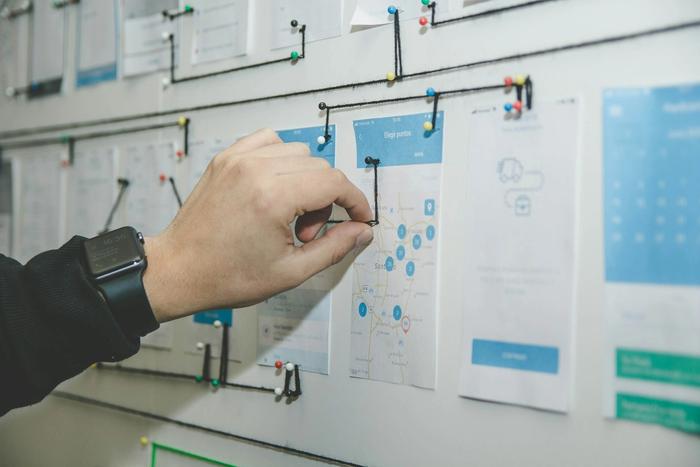
Develop targeted content
Great content is vital for both attracting and retaining customers. Lifecycle marketing campaigns involve personalized messaging and strategies designed for each stage of the customer journey, from awareness to retention. Tailoring content to meet the needs and interests of your customers at each stage of their lifecycle not only engages them but also moves them smoothly along the customer journey.
- Awareness stage: Blog posts, infographics, and social media content to grab attention.
- Consideration stage: More detailed content like webinars, eBooks, and case studies to provide deeper insights.
- Decision stage: Product comparisons, demos, and customer testimonials to help make the final decision.
- Retention stage: Tutorials, courses, and user guides to enhance customer satisfaction and utility.
- Advocacy stage: Encourage sharing of experiences and feedback through community forums and reward systems.
Do you know what your Ideal Customer Profile looks like? Read our guide on how to build an ICP.
Use marketing automation tools
Marketing automation tools streamline your marketing processes, making them more efficient and effective at engaging customers.
- What is marketing automation? It refers to software platforms designed to automate marketing and sales engagement to generate more leads, close more deals, and accurately measure marketing success.
- Benefits: Automating repetitive tasks such as emails, social media posting and even certain aspects of content creation can help you maintain a consistent and personalized communication stream with your customers.
Key metrics to track at each stage
Monitoring specific metrics at each stage of the customer lifecycle is essential for understanding how effectively your business engages with prospects and customers, fostering necessary improvements.
- Awareness: Key metrics include website traffic, engagement with content (such as downloads or time spent on specific pages), and social media impressions. These indicators help gauge initial interest and reach your target market.
- Consideration: Focus on metrics like engagement rates with detailed content, including download rates for gated materials and interaction metrics on product-specific pages. General website analytics such as bounce rates and average session durations also offer insights into user interest and content relevance.
- Purchase: Conversion rates are crucial, providing a direct measure of how effectively your engagement strategies are leading to sales. Monitoring the sales cycle length and stakeholder involvement can also offer additional insights, especially in complex sales environments.
- Retention: Metrics to track include customer satisfaction scores, renewal rates and upsell/cross-sell rates. These indicators are vital for understanding the long-term value of customer relationships and identifying opportunities to enhance customer loyalty.
- Advocacy: The Net Promoter Score (NPS) is widely used to gauge customer willingness to recommend your product or service. Additional metrics like referral rates, customer testimonials, social shares, and reviews can also provide valuable feedback on customer satisfaction and advocacy.
By understanding and tracking these metrics, you can assess the effectiveness of your customer lifecycle marketing and gain insights into areas needing improvement. This approach ensures that efforts are optimized for the best returns, aligning with overall business objectives and enhancing customer engagement.
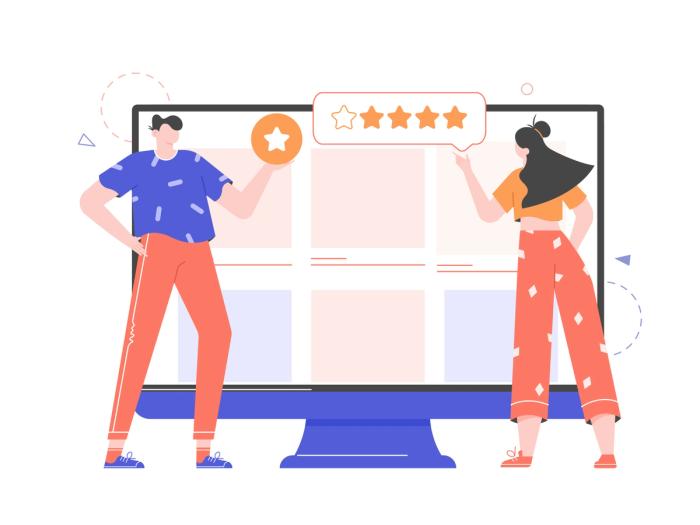
Strategies for engaging customers at each lifecycle stage
Creating awareness
While initial strategies for raising brand awareness have been discussed, it's crucial to emphasize the integration of these tactics into a cohesive campaign.
Effective brand awareness not only involves producing high-quality content like whitepapers and industry reports but also ensuring these resources reach the right audiences through optimized SEO practices, strategic partnerships and targeted social media campaigns.
These efforts should be designed to capture the attention of key decision-makers within your industry.
Nurturing consideration
Deepening customer interest requires a strategic approach to content distribution and personalization.
While webinars and eBooks set the stage, advancing this stage involves systematic follow-ups via personalized emails that recap key points and offer additional resources.
Engaging potential customers through interactive content like quizzes or assessments can also enhance their understanding of how your offerings align with their needs.
Facilitating purchase decisions
Beyond providing in-depth consultations, streamline the purchasing process by integrating seamless, user-friendly technology solutions like e-signatures for quick approvals and secure online payment systems.
These tools help reduce the friction in finalizing transactions, making it easier for customers to commit. Additionally, ensure your sales team is well-equipped with FAQs and objection-handling techniques to address any concerns promptly and effectively.
Enhancing customer retention
Retention strategies should focus on continuous engagement and value addition. Regularly update customers with new features, tips, and industry insights through personalized newsletters.
Implement feedback loops where customers can voice their experiences and suggestions for improvements, demonstrating that you value their input and are committed to evolving in line with their business needs.
Encouraging advocacy
To foster advocacy, create exclusive networking opportunities for your top clients, such as invite-only webinars or roundtable discussions with industry leaders. These forums not only provide valuable insights but also reinforce the community feeling among users, enhancing their loyalty and willingness to promote your brand.
By refining the engagement strategies across the customer lifecycle with these specific tactics, the approach not only avoids redundancy but also adds a layer of sophistication and practicality that aligns with the overall goals of the content.
Integrating technology into customer lifecycle marketing
Harnessing technology effectively is crucial for optimizing customer lifecycle marketing. Tools like customer relationship management (CRM) systems play a pivotal role in managing complex customer relationships, tracking engagement metrics and automating communications.
These systems offer a centralized platform to collect and analyze customer data, helping marketers tailor their strategies based on real-time insights.
CRM systems
Platforms like Capsule CRM allow marketers to track every interaction with customers, from initial contact through ongoing engagements, to post-sale follow-ups.
This holistic view helps in identifying patterns and preferences, enabling marketers to personalize experiences and strengthen relationships.
Automation
Automation tools within CRM systems can streamline tasks such as email marketing, social media posts, and customer segmentation.
This not only increases efficiency but also ensures consistent communication across all stages of the customer lifecycle. For example, automated email campaigns can be triggered based on specific customer actions or milestones, ensuring timely and relevant engagement.
Analytics and reporting
CRM tools’ advanced analytics capabilities provide marketers with insights into customer behaviors and campaign performance.
This data is crucial for refining marketing strategies and making informed decisions. For instance, by understanding which content leads to the highest engagement or conversions, marketers can optimize their content strategy to produce more targeted and effective materials.
While these tools are indispensable in B2B environments where sales cycles are longer and buying processes are more complex, they are also beneficial in B2C contexts.
In B2C, although the sales cycles might be shorter, the scale of customer data can be vast, and automating communications and data analysis can significantly enhance efficiency and personalization.
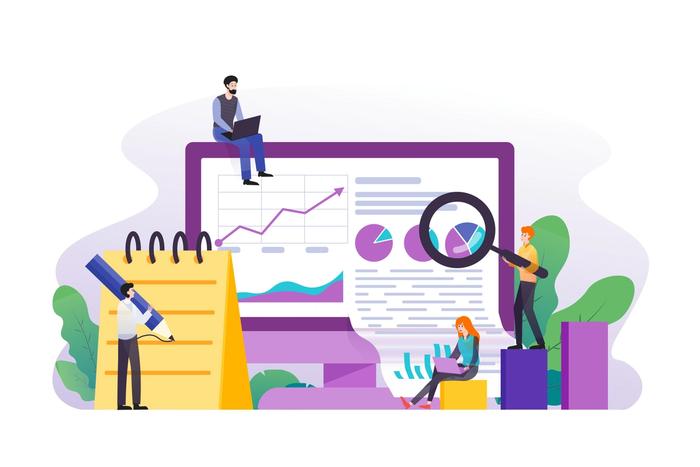
Challenges in customer lifecycle marketing and how to overcome them
Customer lifecycle marketing faces several challenges, particularly in environments where maintaining long-term relationships and managing lengthy decision processes are typical. Below are some common challenges and practical solutions.
Maintaining long-term relationships
Building and sustaining long-term customer relationships requires continuous effort and adaptation. Regularly updating your understanding of customer needs and market conditions is essential.
Implementing a feedback loop within your customer interactions can provide ongoing insights into customer satisfaction and needs, allowing for timely adjustments in your offerings or approach.
Dealing with lengthy decision processes
In sectors where the decision-making process is extensive, it’s important to maintain engagement without overwhelming potential customers. Using content marketing effectively to educate and inform during the waiting period can keep the prospect engaged.
Additionally, CRM tools can be used to set reminders for follow-ups and to document where each prospect is in the process, ensuring timely interactions that are informed by previous communications.
Aligning sales and marketing
Misalignment between sales and marketing can lead to inconsistent customer experiences and lost opportunities.
To overcome this, ensure that both teams have access to the same data and insights through a shared CRM system. Regular meetings and shared objectives can also help align strategies and improve cooperation.
Wrapping up customer lifecycle marketing with Capsule CRM
As you navigate through various strategies and challenges, take a moment to assess the effectiveness of your current approaches.
Consider how integrating advanced tools can transform your marketing efforts by providing deeper insights and enhancing customer interactions at every stage of their journey.
Sign up to Capsule for free or take the free trial of any Capsule plan for 14 days to see how our CRM unlocks the full potential of your marketing capabilities.
Frequently Asked Questions
Small businesses can effectively implement customer lifecycle marketing by using free or affordable CRM tools that help manage relationships and automate tasks. Focusing on high-ROI marketing channels like social media and email marketing can keep costs down.
Repurposing existing content across various media and stages of the customer journey extends the value of initial efforts, while referral programs can boost outreach without substantial spending.
Customer lifecycle marketing supports content and integrated marketing strategies by ensuring consistent communication across all channels. It aligns promotional activities and content creation with each stage of the customer journey, optimizing content for attraction, engagement, and conversion.
This integration helps maximize the impact of each marketing effort and streamlines the customer's progression through the lifecycle.
Customer feedback is crucial in refining the customer lifecycle, providing insights into satisfaction and areas for improvement. It helps businesses adjust their offerings and personalize interactions, ensuring that services meet customer expectations.
Regular feedback also guides strategic adjustments, improving personalization and overall marketing effectiveness.
Creatively engaging customers throughout their lifecycle involves stage-specific strategies. Interactive content like quizzes can capture attention during awareness, while personalized demos during consideration deepen interest.
Gamification can incentivize purchases, and loyalty programs improve retention. Building a community platform encourages advocacy, turning satisfied customers into brand champions.
Ethical considerations in customer lifecycle marketing include stringent adherence to privacy and data protection laws, ensuring transparency about data usage, and respecting customer communication preferences.
Avoiding manipulative practices is crucial. Strategies should be straightforward and designed to genuinely meet customer needs and preferences. Upholding these ethical standards fosters trust and maintains the integrity of marketing efforts.



